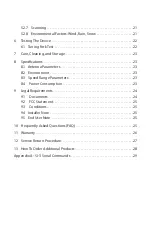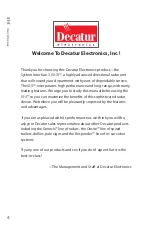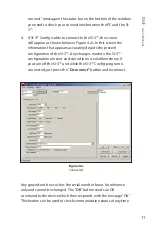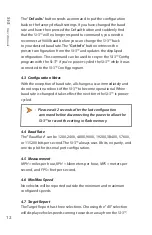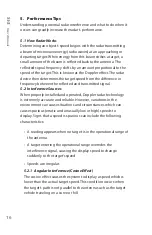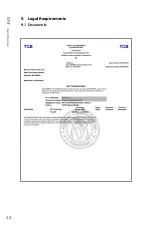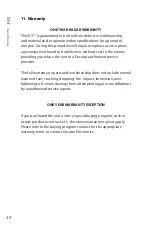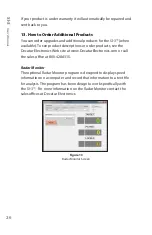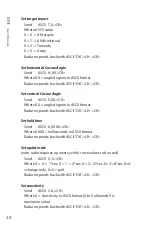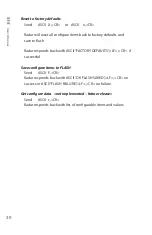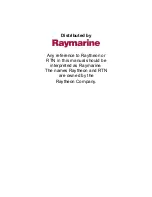
SI-3
™
U
ser
’s M
anual
16
5. Performance Tips
Understanding potential radar interference and what to do when it
occurs can greatly increase the radar’s performance .
5.1 How Radar Works
Determining an object’s speed begins with the radar transmitting
a beam of microwave energy (radio waves) at an approaching or
departing target . When energy from this beam strikes a target, a
small amount of the beam is reflected back to the antenna . The
reflected signal frequency shifts by an amount proportional to the
speed of the target . This is known as the Doppler effect . The radar
device then determines the target speed from the difference in
frequency between the reflected and transmitted signal .
5.2 Interference Sources
When properly installed and operated, Doppler radar technology
is extremely accurate and reliable . However, variations in the
environment can cause situations and circumstances which can
cause spurious (erratic and unusually low or high) speeds to
display . Signs that a speed is spurious can include the following
characteristics:
• A reading appears when no target is in the operational range of
the antenna .
• A target entering the operational range overrides the
interference signal, causing the display speed to change
suddenly to the target’s speed .
• Speeds are irregular .
5.2.1 Angular Interference (Cosine Effect)
The cosine effect causes the system to display a speed which is
lower than the actual target speed . This condition occurs when
the target’s path is not parallel to the antenna such as the target
vehicle traveling on a curve or hill .


